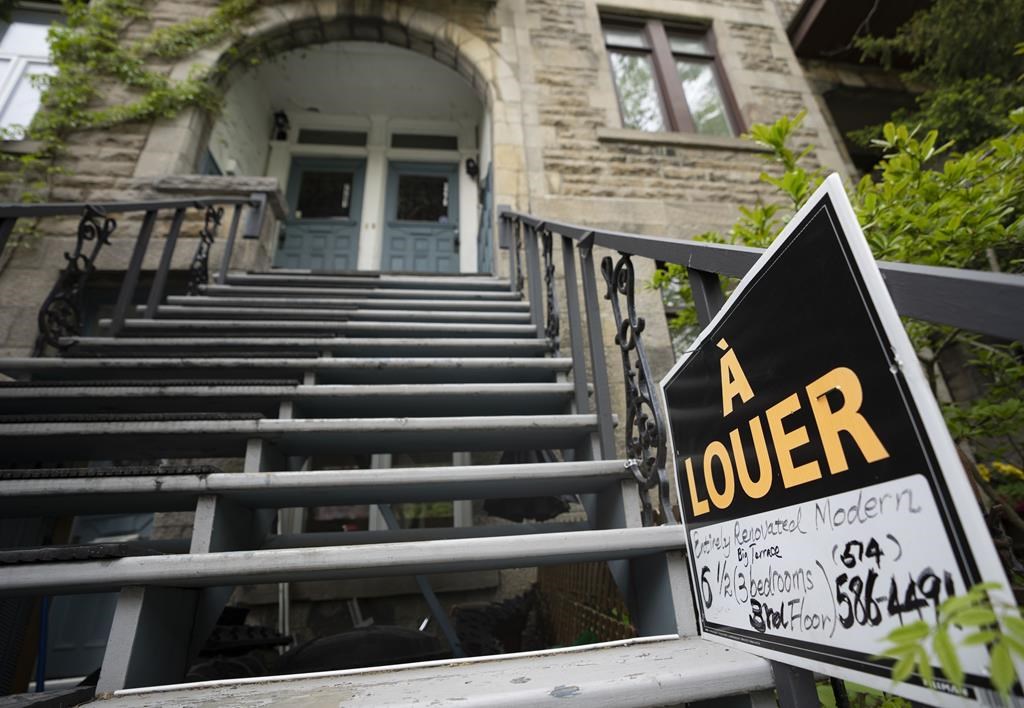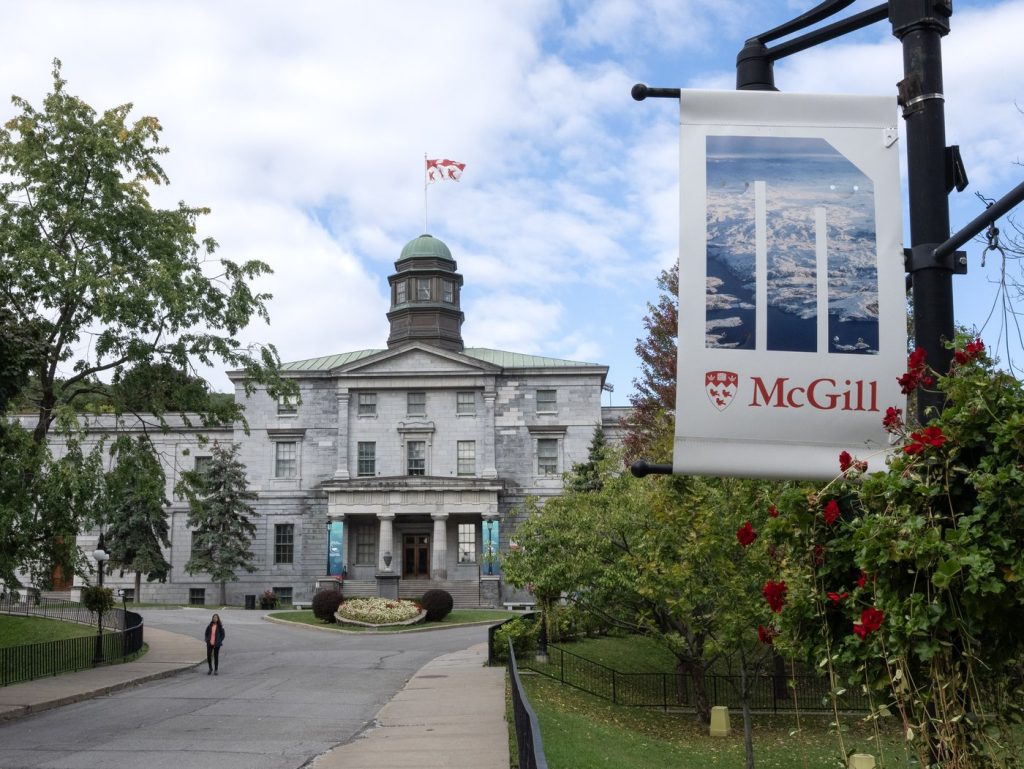Canadian Armed Forces reports a health care personnel shortage

Posted January 3, 2025 10:12 am.
The shortage of health personnel is not only affecting clinics and hospitals, but also the Canadian Armed Forces.
Out of 439 military medical and dental positions, approximately 150 are currently vacant in Quebec.
“Many positions that our units have been waiting patiently for have just been approved,” said Canadian Armed Forces (CAF) spokesperson Alicia Gagnon, in an email. “In addition to this consideration, there is also the issue of contractors filling some of the vacant positions until they can be properly filled.”
Lieutenant Colonel Alain Miclette, who’s also the regional chief physician of the Joint Task Force (East), explained that the Armed Forces have a multidisciplinary approach towards medical personnel.
“Health is a vocation,” he said in an interview with The Canadian Press in October. “We have an aging population in the country, so the demand for care providers, whether it’s nursing assistants, paramedics, pharmacists or laboratory technicians, is increasing more and more, and it’s the same pool from which we recruit.”
Dr. Miclette estimates there are roughly 3,000 health care workers in the CAF that has to take care of 60,000 regulars and 25,000 reservists across the country.
“It’s like a scattered city,” he said.
“We do not have all the personnel to fill all our military positions to provide care according to the scales that have been established. When we have a military position that cannot be filled, there is a contractor who helps recruit doctors, nurses, clinicians, health personnel for temporary contracts to fill the empty positions.”
There are 19 health care occupations within the CAF. Health care personnel have certain skills and training that are not required in the provincial and territorial health care system.
For example, all military health care providers must be able to “shoot, move, communicate and survive in the environment in which they provide care.” They must also know how to work with protective equipment like gas masks to protect against chemical warfare agents.
In intensive care, they must also have the skills to handle working with victims from explosions or chemical warfare agents.
However, the daily lives of health care workers are not typically spent in a hostile environment. CAF members receive care similar to civilians, although some care is tailored to their military role.
“One of the big differences between what the population thinks and what is happening in reality is that we are not in a permanent war routine,” said Dr. Miclette.
He said most health personnel work in garrison at Canadian military bases, which are like large medical clinics.
The larger bases have services integrated into the clinic, such as radiology and laboratory services. “The bulk of the clinical part of garrison care is like a family medicine clinic. It’s seeing the little everyday ailments, chronic illnesses, and all that,” noted Dr. Miclette.
“Our model is based on being somewhat autonomous and independent so we don’t have to put pressure on the public system, but we still have to deal with the public system for certain services since having magnetic resonance machines in all Canadian bases would be extremely expensive and we would not use many of them compared to the need we have.”
One of the lesser-known roles of CAF medical teams is their participation to combat disease outbreaks. For example, in 2014 and 2015, members of the Armed Forces helped fight the Ebola outbreak in Sierra Leone.
Dr. Miclette also mentioned the floods in Honduras, a tsunami in the Philippines, earthquakes in Turkey and Nepal. “We have a Canadian Disaster Response Team that has a mandate to respond to humanitarian crises when they happen. […] These are people who are trained to leave on short notice to support local populations,” he said.
Military personnel are currently deployed around the world, primarily for surveillance, indirect support, and training.
—
The Canadian Press’ health content is funded through a partnership with the Canadian Medical Association. Editorial choices are solely the responsibility of The Canadian Press.
–This report by La Presse Canadienne was translated by CityNews








